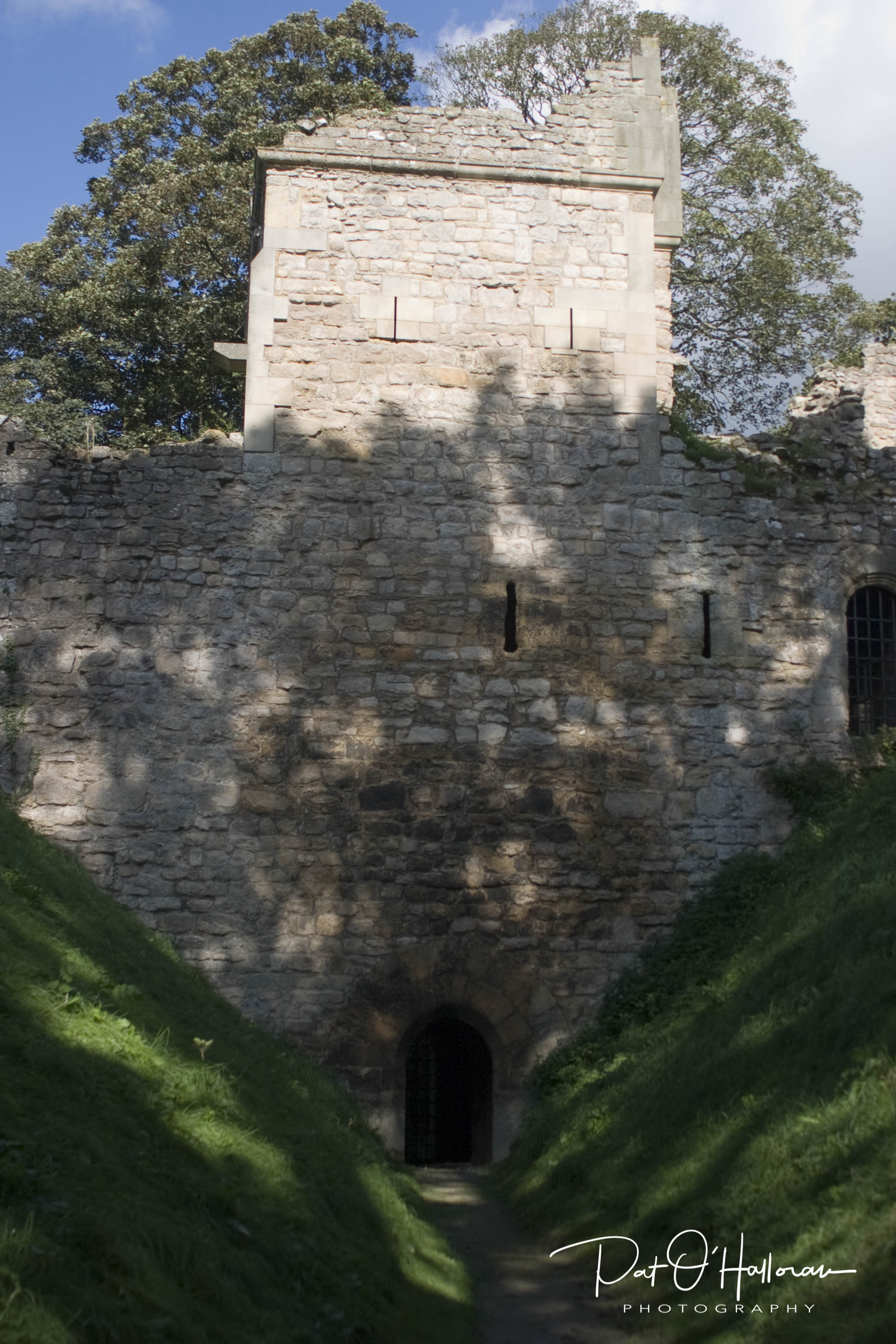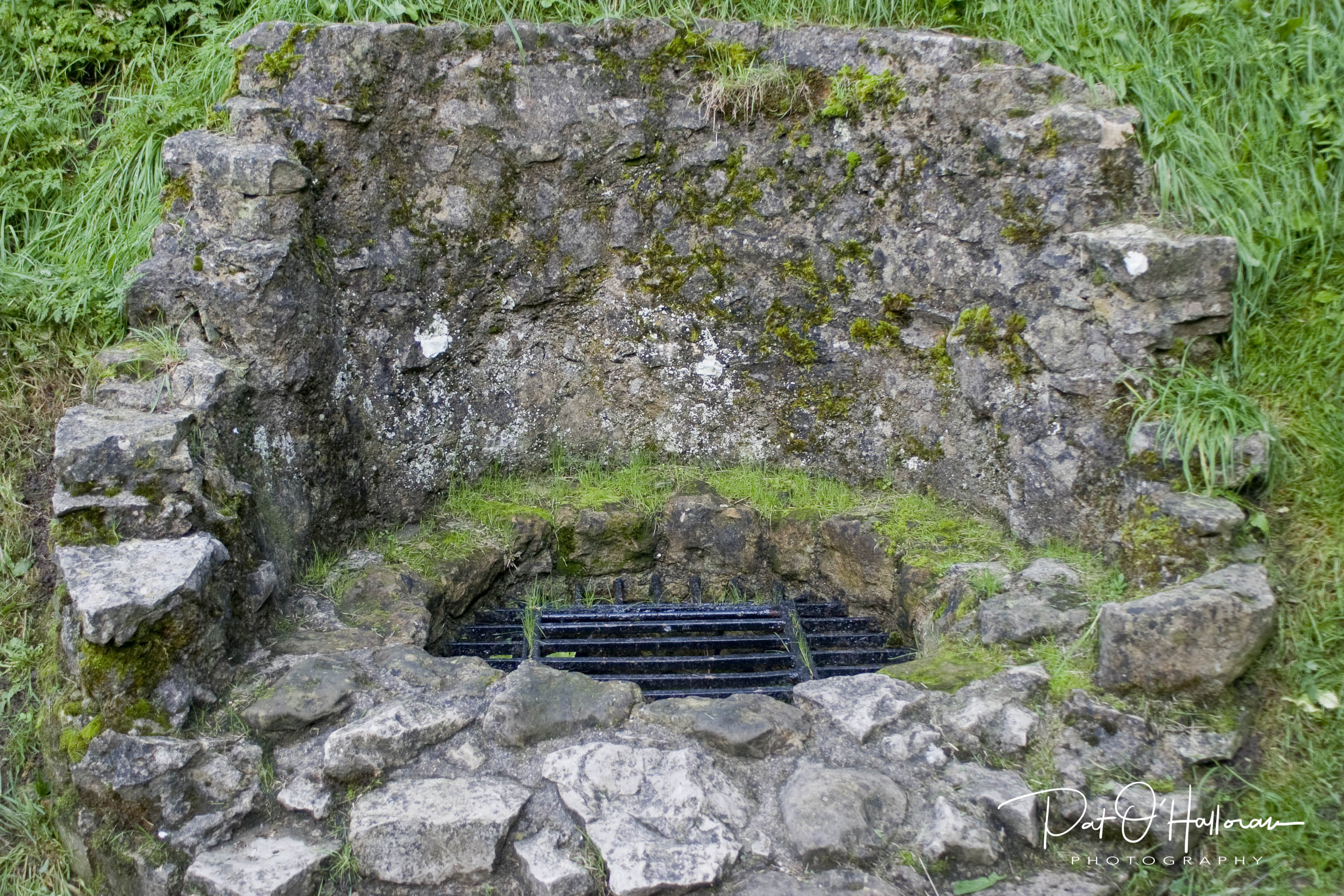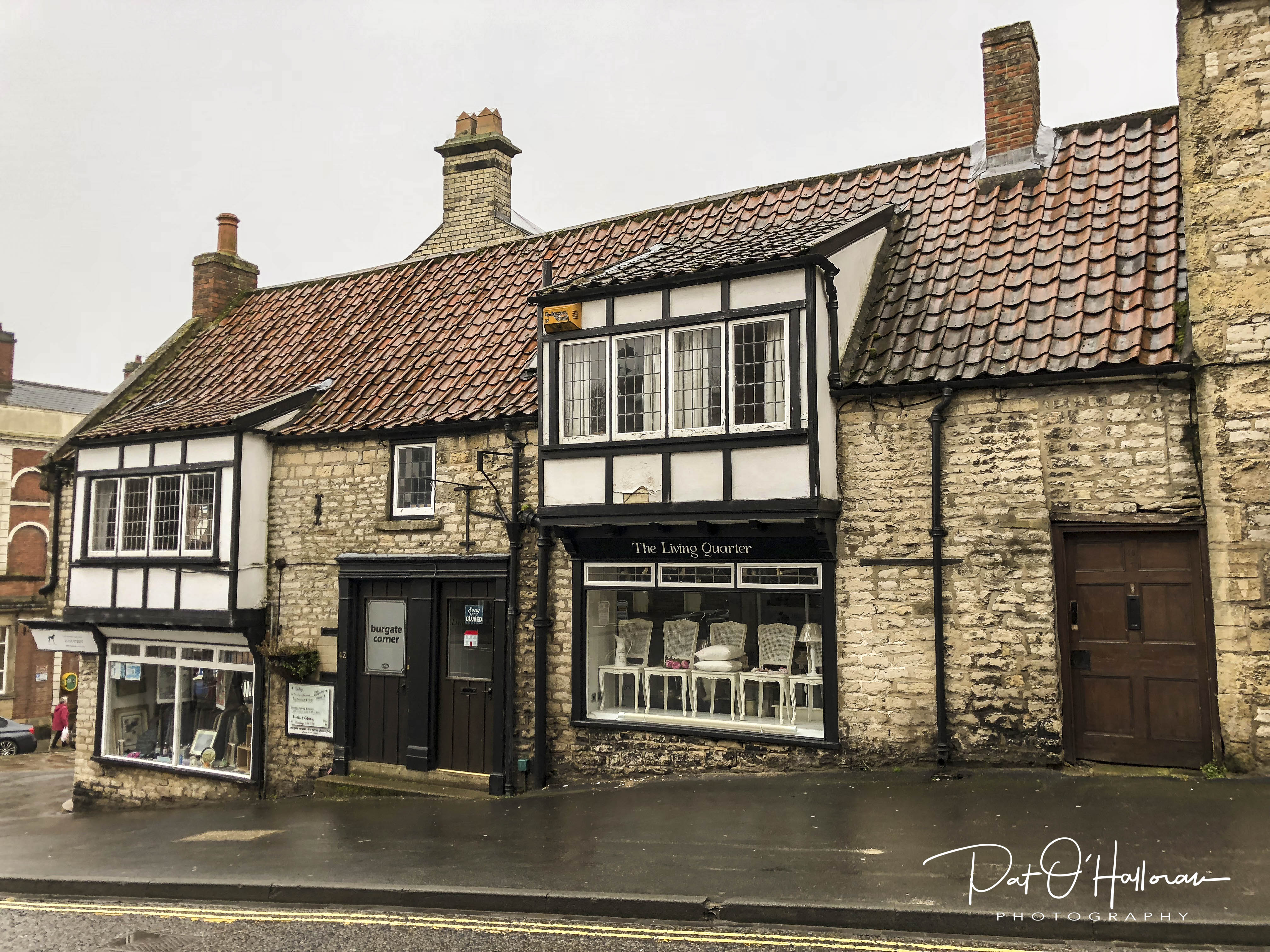Our town of Pickering has a castle at its northern end which is probably hidden and unseen by many visitors to the town, though signs do exist to guide the tourist. There is little parking by its walls so a walk up from the market place is required to gain access.
In the 16th century John Leland described the building in his own inimitable way thus:
“The Castelle Stondith in an End of the Town not far from the Paroch Chirch on the Brow of the Hille, under the which the Broke rennith. In the first Court of it be a 4 Toures, of the which one is Caullid Rosamunde’s Toure. In the inner Court be also a 4 Toures, wherof the Kepe is one. The Castelle Waulles and the Toures be meatly welle. The Logginges yn the ynner Court that be of Timbre be in ruine, in this inner Court is a Chappelle and a cantuarie Prest. The Castelle hath of a good continuance with the Towne and Lordship longgid to the Lancaster Bloode: But who made the Castelle or who was the Owner of afore the Lancasters I could not lerne there. The Castelle Waulles now remaining seme to be of no very old Building. As I remembre I hard say that Richard the thirde lay sumtyme at this Castelle, and sumtyme at Scardeburgh Castelle.”

As to who made the castle it is now generally believed to be William the Conqueror who ordered its construction during, or just after, the Harrying of the North, around 1069. The castle is now looked after by English Heritage and they list it as 13th century, referring to the ‘shell keep’ castle, Historic England list it as an 11th century motte and bailey castle too.
The castle was added to, rebuilt, remodeled, ignored and looted up until the 17th century, it wasn’t used by either side during the Civil War. Cromwell’s government sold it privately but it returned to the crown in the late 17th century and remained there until 1926.
It’s now a tourist attraction and worth a visit. It is not the best ruined castle in the county but it is peaceful and an interesting few hours can be spent wandering its walls.




